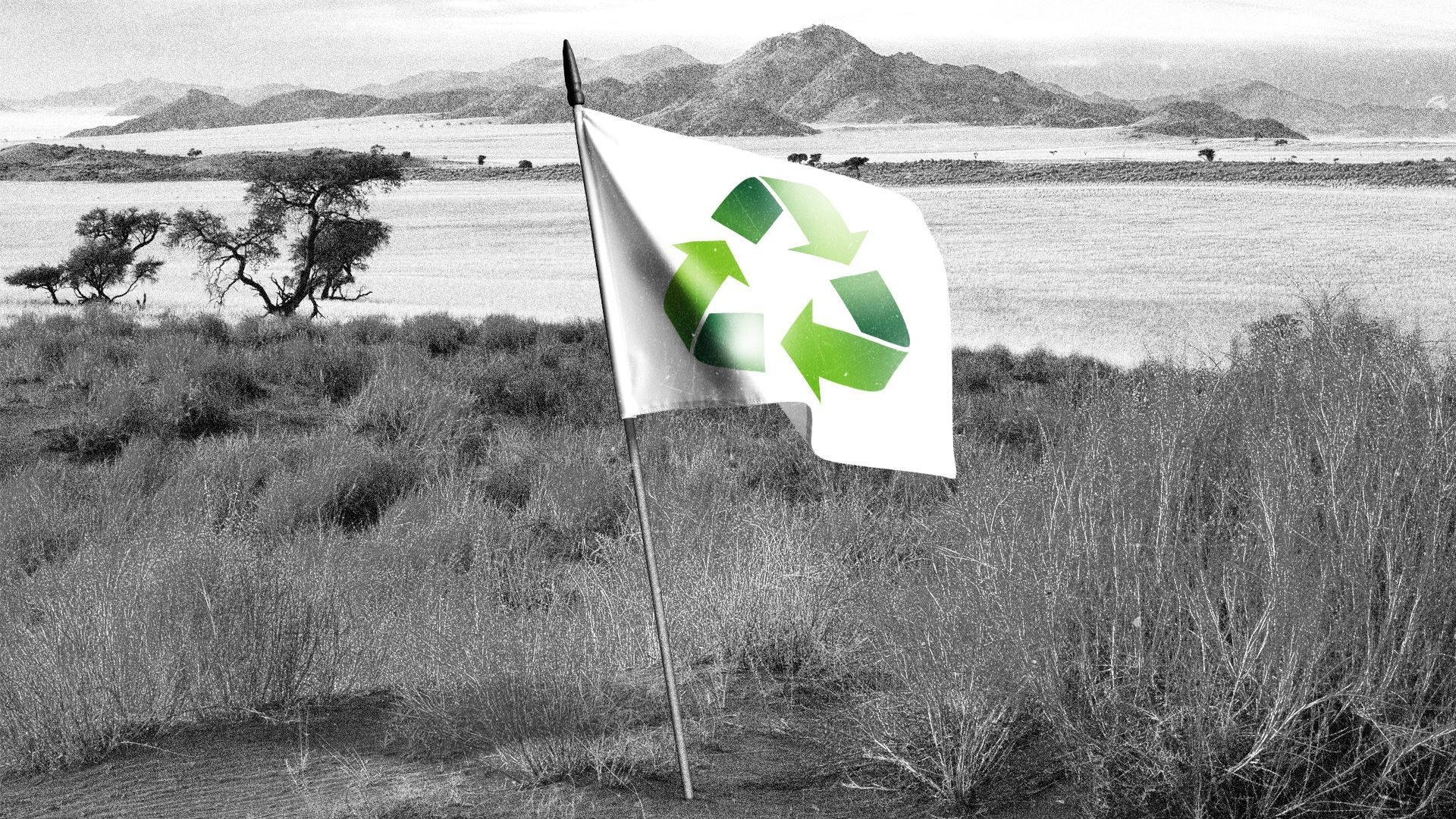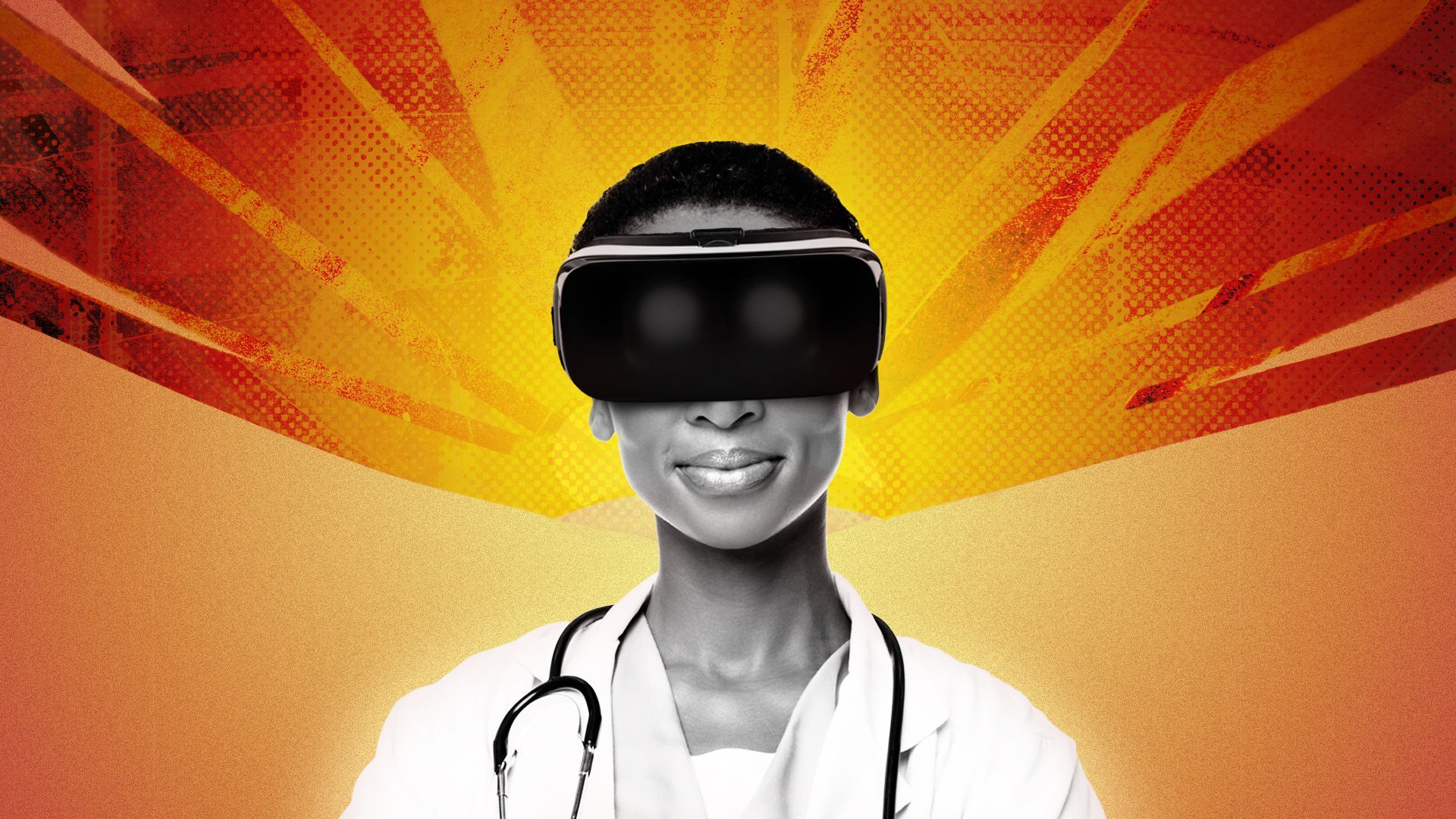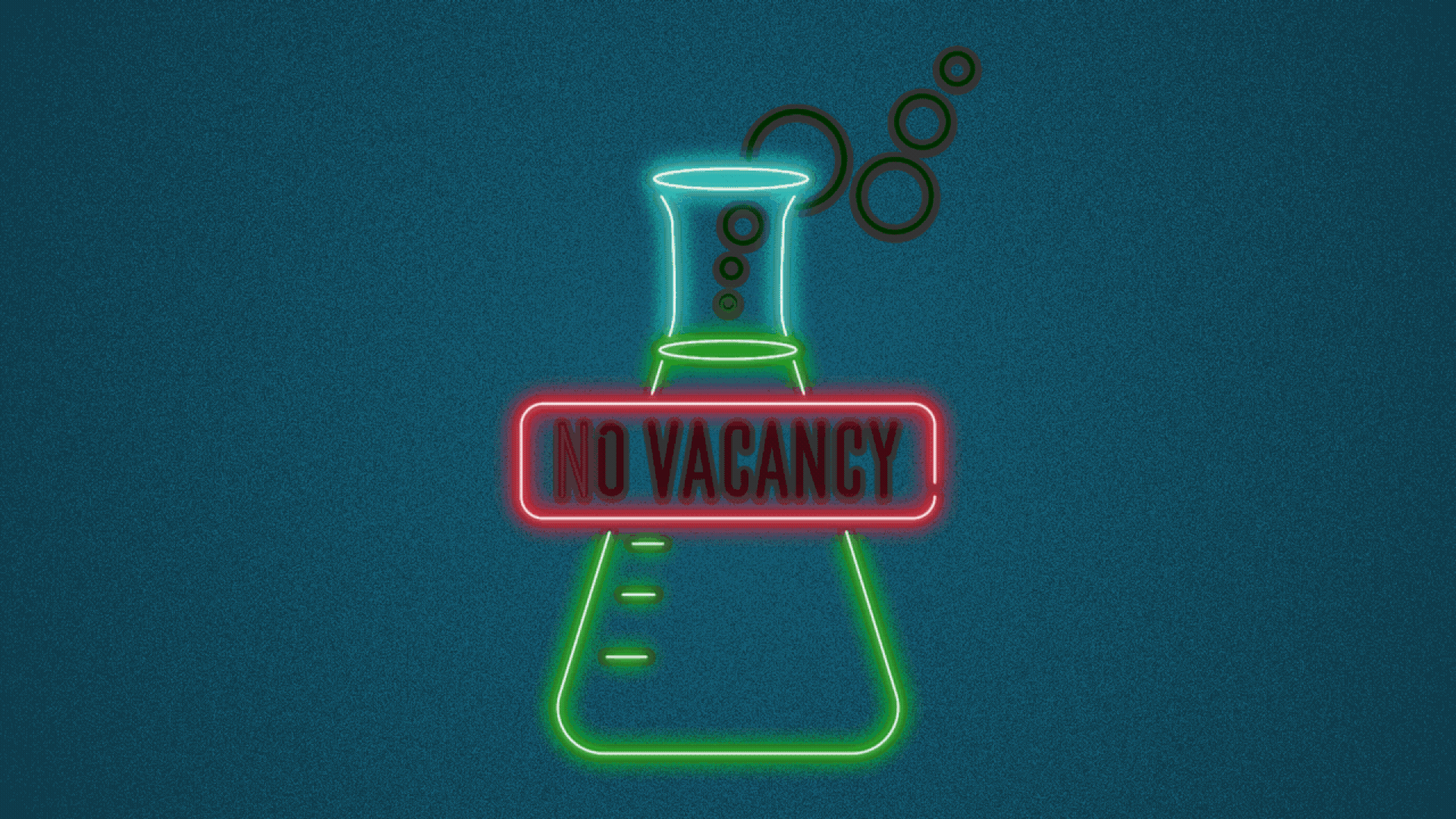| | | | | | | Presented By Charter Communications | | | | Axios Future | | By Bryan Walsh ·Dec 08, 2021 | | Welcome to Axios Future, and specifically Santa Clara, California, where I'm getting my qubits on at the Q2B quantum computing conference. Today's Smart Brevity count: 1,689 words or about 6 minutes. | | | | | | 1 big thing: The energy debate over "green colonialism" in Africa |  | | | Illustration: Sarah Grillo/Axios | | | | Averting the worst effects of climate change will eventually require the entire world to get off carbon, but some critics allege richer countries are trying to halt fossil fuels in poorer countries while continuing to drill at home. Why it matters: New policies that aim to restrict fossil fuel development in poorer countries in the name of climate change are on a collision course with those nations' need for energy-fueled growth and development. What's happening: At the United Nations climate conference earlier this year, the U.S., U.K. and other countries promised to end international financing for fossil fuel development. - For climate activists, the pledge was one of the most promising outcomes of COP26, cutting off money that might be used to support the building of coal and natural gas plants.
The catch: To some critics, however, the promise smacked of "green colonialism," as rich nations preemptively cut off desperately poor countries from the cheap fossil fuels that helped make them rich in the first place. - "This is already leading to harmful policies that will hurt millions of poor Africans by slowing down their continent's economic development while doing little, if anything, to help fight climate change," write Todd Moss and Vijaya Ramachandran in Foreign Policy this week.
The other side: The more than 1 billion people in sub-Saharan Africa are responsible for less than 1% of cumulative global carbon emissions, but climate activists argue the region's projected population growth means that a green transition needs to happen now to avert a much warmer future. - A report from the Wilson Center this year estimated if Africa's per-capita CO2 emissions by 2060 — when the continent will hold a projected 3 billion people — were to rise to the level of India's today, its total CO2 emissions would equal those of the U.S. today.
Yes, but: While unchecked climate change would cause tremendous economic and social damage to the global poor, even tripling electricity consumption in sub-Saharan Africa with lower-carbon natural gas — the most abundant fossil fuel on the continent — would equal only 0.62% of annual global carbon emissions. - More access to natural gas would also upgrade large-scale agriculture through synthetic fertilizer use, while clean-burning natural gas stoves would help save some of the 3.8 million people who die each year from the effects of indoor air pollution created by burning wood, coal and animal dung.
By the numbers: Extreme poverty and lack of access to energy go hand in hand. Between the lines: Critics say moves to cut off fossil fuel financing in poorer countries amount to hypocrisy from rich nations that are continuing to tap their own sources of natural gas and oil. Read the rest. |     | | | | | | 2. The oceans are the next frontier for carbon removal |  | | | Illustration: Aïda Amer/Axios | | | | The global ocean is emerging as a promising target for carbon removal efforts, according to a new report. Why it matters: It's now clear that removing and storing carbon dioxide, as well as reducing carbon emissions, will be necessary to avoid the most dangerous effects of climate change. - But using the oceans as a carbon removal platform will require first answering major scientific, legal and social questions.
What's happening: Axios received early access to a new report from the Aspen Institute, with support from the ClimateWorks Foundation, that details a strategy for fairly exploring the ocean as a possible carbon removal site. - One possibility involves harnessing nature by planting mangrove forests and kelp that can pull carbon out of the ocean and store it.
- Another option would involve fertilizing the oceans with dissolved iron, which stimulates the growth of phytoplankton that can feed on CO2 in the water.
The catch: "The nature of both governance and science in the ocean presents a lot of challenges to that scale of development that would be needed," says Michael Conathan, senior policy fellow for ocean and climate with the Aspen Institute's Energy and Environment Program. - Nations claim exclusive economic zones (EEZ) — the territory where they can control living and nonliving marine resources — only for the 230 miles beyond their coastlines. EEZs often overlap, and farther on lies the open sea, which has even fuzzier international governance.
What's next: The Aspen report suggests clarifying national and international governance structures that need to be established before ocean-based carbon removal can move beyond the experimental stage. Read the rest. |     | | | | | | 3. The metaverse medical student |  | | | Illustration: Shoshana Gordon/Axios | | | | Medical schools are experimenting with virtual and augmented reality technologies to help doctors-in-training practice their skills. Why it matters: Replacing actors pretending to be patients with holographic videos that can be generated anywhere can make the hands-on part of medical education cheaper and more flexible. What's happening: GigXR, a Los Angeles-based startup that provides extended reality technologies — a mix of virtual and augmented reality approaches — for teaching and instruction, is partnering with the University of Michigan to "use holographic content to take some of the most complex parts of training doctors and nurses and make it easier through mixed and extended reality," says David King Lassman, GigXR's CEO. How it works: When medical students work on their preclinical diagnosis skills, schools will often bring in outside people who will be told to act as if they have different conditions or injuries, or even use tactile mannequins to practice procedures. - GigXR instead uses high-tech video capture to film a patient presenting various symptoms for a condition, then can project that patient as a realistic hologram in nearly any physical space. (You can see the tool in action here.)
- Medical students can interact with the hologram on their phones via Microsoft's HoloLens app, and they can even look inside the body "to see how their procedures are affecting actual physiological processes," says Mark Cohen, a professor at Michigan Medicine, the university's academic medical center, who has used the tech with students.
Read the rest. |     | | | | | | A message from Charter Communications | | Charter is #1 in rural internet service | | |  | | | | We're proud to announce that Spectrum Internet ranks No. 1 in the U.S. News & World Report 2021-22 "Best Rural Internet Service Providers" rankings. This recognition underscores our ongoing commitment to connecting more communities from coast to coast. | | | | | | 4. Exploding demand for lab space |  | | | Illustration: Brendan Lynch/Axios | | | | Office occupancy rates remain deflated across industries, but one type of workplace is in high demand: labs, writes Axios' Erica Pandey. The big picture: A number of trends — in public health, American demographics and venture capital funding — are colliding to supercharge the life sciences industry. Driving the news: U.S. office vacancy rates are at 17%, but lab vacancy rates are at 5%, according to a new report from the commercial real estate firm CBRE. Money is pouring into life sciences companies. Venture capitalists are throwing money at gene editing and other promising therapies at the same time that an aging U.S. population is driving up health care spending. - The annual amount of venture capital flowing to life sciences companies has roughly doubled since 2019 to a whopping $32 billion, per CBRE and CB Insights data in the report.
- Biotech job openings are growing at their fastest pace on record, outpacing the notoriously hot tech sector, per a CBRE analysis of Bureau of Labor Statistics data.
- Federal health care spending made up around 4% of GDP in 2006, but that's expected to swell to over 8% by 2040, according to the Congressional Budget Office.
Read the full story. |     | | | | | | 5. Worthy of your time | | The singularity is here (Ayad Akhtar — The Atlantic) - And it wants to sell us everything.
The therapists using AI to make therapy better (Charlotte Jee and Will Douglas Heaven — MIT Tech Review) - Scientists are using AI to closely examine the language that therapists use in an effort to evaluate and improve counseling.
Chinese province targets journalists, foreign students with planned new surveillance system (Reuters) - How one Chinese region is moving to closely track potential targets through thousands of networked cameras with facial recognition.
How do children choose a best friend? (Isabelle Gerretsen — BBC Future) - Understanding the deep evolutionary drive behind close friendships.
|     | | | | | | 6. 1 automation thing: The AI illustrator |  | | | The Dream app illustration for my book, which is available from stores or directly from the author, who has 30–40 copies sitting in his back closet. Credit: Bryan Walsh/Axios | | | | A new app allows users to create "AI-powered paintings" by typing a brief text description. Why it matters: The paintings are totally metal, as you can see above, but the app also shows the growing ability of AI to translate words into startling imagery. How it works: Created by the Canadian startup Wombo, the Dream app prompts users to enter in a brief phrase of 100 or fewer characters and then choose an art style, such as "mystical," "dark fantasy, "steampunk," or "synthwave." - After a few seconds, an original image will appear that, as James Vincent writes in The Verge, "matches your prompt in often surprisingly apposite ways."
Between the lines: For the image above, I instructed Dream to render the title of my book "End Times: A Brief Guide to the End of the World — Asteroids, Super Volcanoes, Rogue Robots and More," and to do it in the "synthwave" style, I guess because it sounded futuristic. - The result is something that feels appropriately apocalyptic for a book about the apocalypse, but also literal — see the seams of lava from the volcanoes and the nightmarish robots rising from the ground.
Context: Dream is one of a number of text-to-image AI models that have emerged in recent years, most of which are trained on libraries of tagged images. - The models identify patterns in the images and use them to generate a synthetic image that corresponds to the user prompt.
The bottom line: Book cover designers won't be out of a job anytime soon, but what these models currently lack in quality they can make up in quantity — and uncanny weirdness. |     | | | | | | A message from Charter Communications | | Charter is #1 in rural internet service | | |  | | | | We're proud to announce that Spectrum Internet ranks No. 1 in the U.S. News & World Report 2021-22 "Best Rural Internet Service Providers" rankings. This recognition underscores our ongoing commitment to connecting more communities from coast to coast. | | |  | Bring the strength of Smart Brevity® to your team — more effective communications, powered by Axios HQ. | | | | | | Axios thanks our partners for supporting our newsletters. If you're interested in advertising, learn more here.
Sponsorship has no influence on editorial content. Axios, 3100 Clarendon Blvd, Suite 1300, Arlington VA 22201 | | | You received this email because you signed up for newsletters from Axios.
Change your preferences or unsubscribe here. | | | Was this email forwarded to you?
Sign up now to get Axios in your inbox. | | | | Follow Axios on social media:    | | | | | |









No comments:
Post a Comment